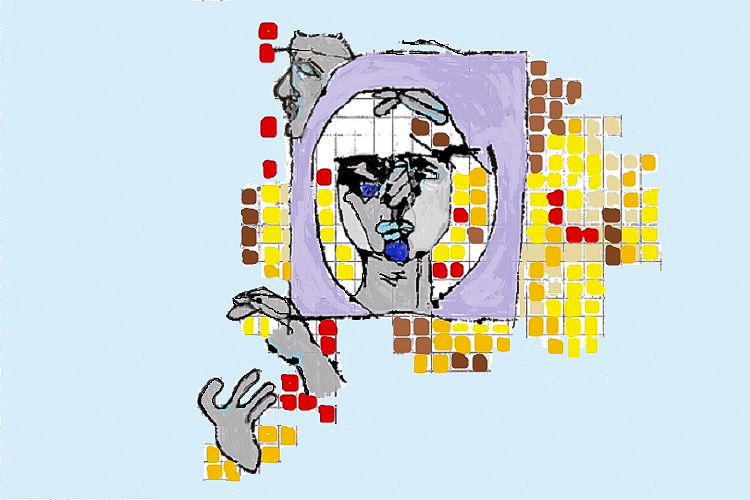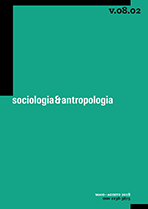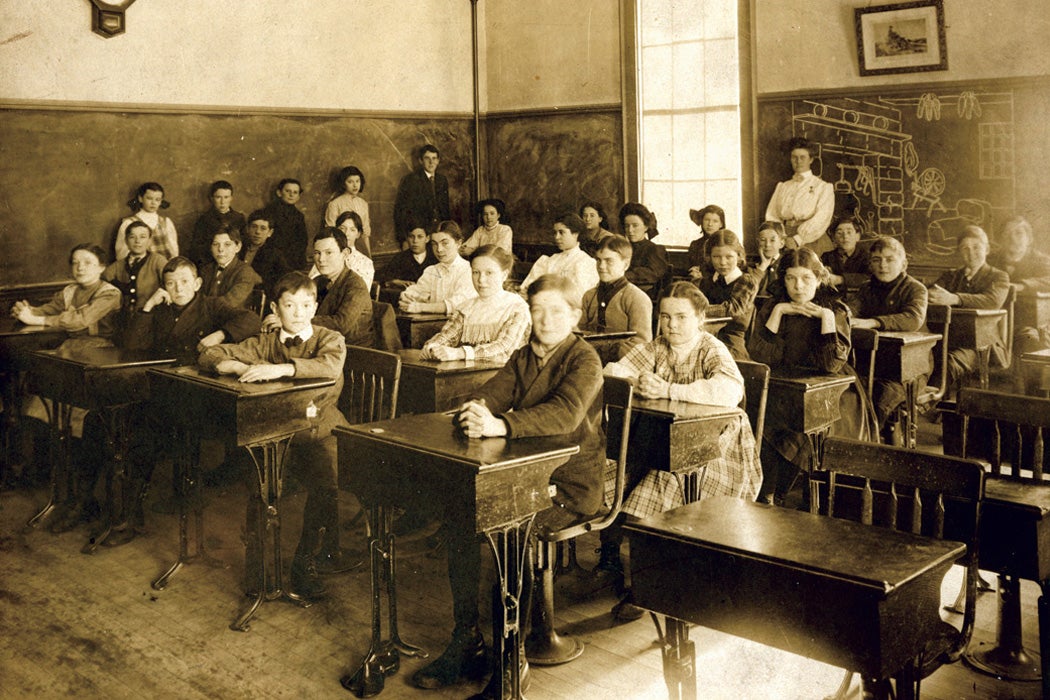Passing and the Costs and Benefits of Appropriating BlacknessPosted in Articles, Economics, Media Archive, Passing, Social Science, United States on 2019-02-20 19:37Z by Steven |
Passing and the Costs and Benefits of Appropriating Blackness
The Review of Black Political Economy
Volume 45, Issue 2, 2018
pages 1-19
DOI: 10.1177/0034644618789182
Kristen E. Broady, Vice Provost for Graduate Studies
Kentucky State University
Curtis L. Todd, Associate Professor of Social Work
Atlanta Metropolitan State College, Atlanta, Georgia
William A. Darity, Jr., Samuel DuBois Cook Professor of Public Policy
Duke University, Durham, North Carolina
The socioeconomic position of Blacks in America cannot be fully contextualized without considering the marginalization of their racialized social identities as minorities who have historically combated subjugation and oppression with respect to income, employment, homeownership, education, and political representation. It is not difficult to understand why the historical reference to “passing” primarily has been associated with Blacks who were able to—and many who did—claim to be White to secure the social, educational, political, and economic benefits that were reserved for Whites. Therefore, the majority of passing narratives have focused on Black to White passing. This article departs from the tradition in the literature by considering appropriation of various aspects of Black culture and White to Black passing. We evaluate the socioeconomic costs and benefits of being Black and inequalities in citizenship status between Blacks and Whites. Furthermore, we examine the socioeconomic and political capital of Blackness versus Whiteness in an attempt to explore the rationality of passing for Black.
Read the entire article here.


